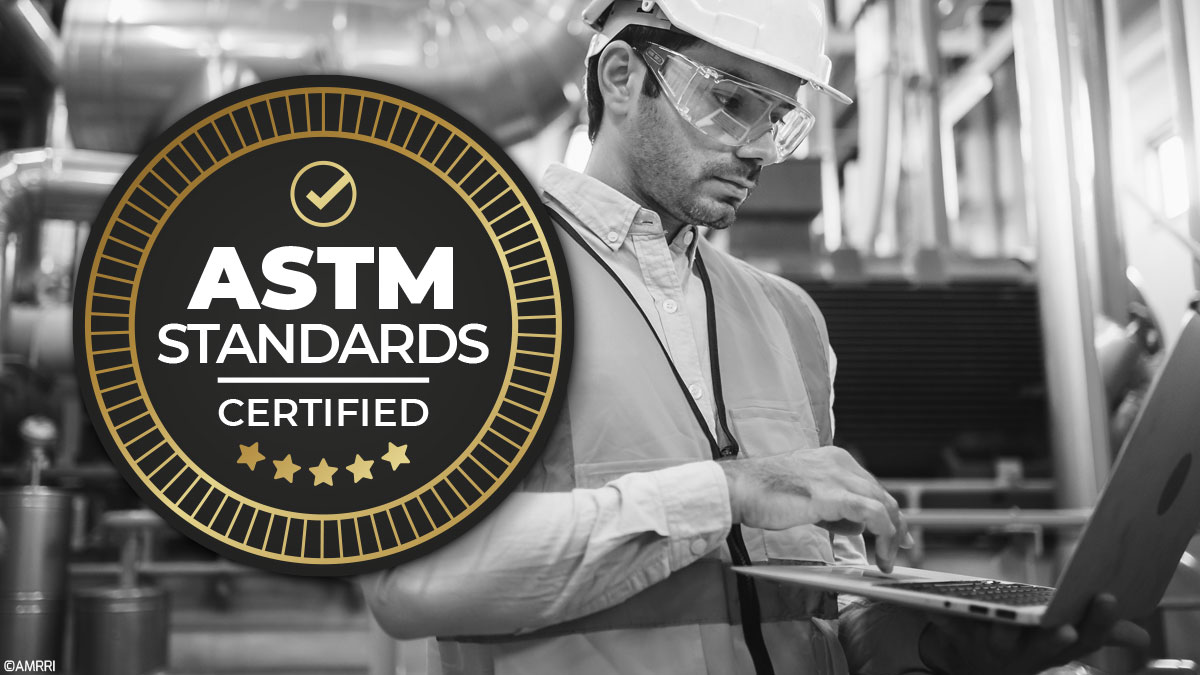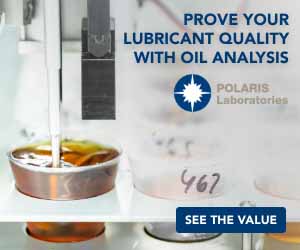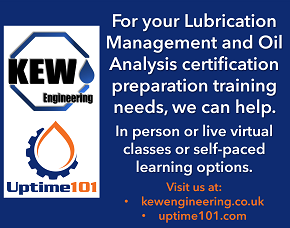The foundation of a lubricant condition monitoring program is the ability to obtain accurate and informative data that can be related to how the machine and lubricant may fail.
In the past ten years, many industrial advances have significantly impacted the lubricant condition monitoring industry. These advances affect instrumentation, lubricant formulation, data analytics & delivery, software, and asset management.
End-users have many options to obtain high-quality test data to support their lubricant condition monitoring programs. Some may outsource samples to a third-party lab, while others may perform the sample testing on-site.
Whichever path is chosen, the most important concepts that must be followed lie in making proper measurements and analyzing the data to make critical and effective maintenance decisions.
The D02 CS96 subcommittee manages these advancements in in-service lubricant condition monitoring within ASTM International, a prominent global standards organization. The subcommittee’s primary responsibility is to promote knowledge and innovation to ensure the appropriate tests are performed, and data is correctly implemented at the end-user level.
Since 1999, ASTM’s CS96 Subcommittee has been working to create standards needed for monitoring in-service oils. The subcommittee comprises representatives from commercial laboratories, instrument manufacturers, oil manufacturers, and industrial plant end-users of test measurements.
This group of key industry stakeholders has a broad charter covering essential condition monitoring aspects.
CS96 now has over 40 standards within its jurisdiction, and they have made significant advancements in guiding and standardizing this industry in all aspects of lubricant condition monitoring.
A wide range of standards was developed to help the end-user choose the right tests for the right application, broaden testing capabilities (outside of basic oil testing), grease analysis, and how to perform statistical analysis effectively. Some highlights in the development of standards within the CS96 jurisdiction over the past twenty years include, but not limited to:
- D7720-21 Standard Guide for Statistically Evaluating Measurand Alarm Limits when Using Oil Analysis to Monitor Equipment and Oil for Fitness and Contamination
- D7690 Standard Practice for Microscopic Characterization of Particles from In-Service Lubricants by Analytical Ferrography
- D7973-19 Standard Guide for Monitoring Failure Mode Progression in Plain Bearings
- D7874-13 (2022) Standard Guide for Applying Failure Mode and Effect Analysis (FMEA) to In-Service Lubricant Testing
- D7918-17a Standard Test Method for Measurement of Flow Properties and Evaluation of Wear, Contaminants, and Oxidative Properties of Lubricating Grease by Die Extrusion Method and Preparation.
- D8185-18 Standard Guide for In-Service Lubricant Viscosity Measurement
Since the successful publication of the viscosity guide (ASTM D8185), CS96 has looked for opportunities in other areas of condition monitoring to apply this same testing-guide strategy. As a result, this same concept is currently being used with the development of a diesel engine guide. This document should be a valuable reference for mandatory diesel engine testing.
End-users are invited to be part of the group writing this new standard.
The most recent publication from the subcommittee was a joint effort between D02 Subcommittee CS96 and C (Turbine Oils). The co-sponsored STP document was published in 2022 and is available for purchase:
STP1634: Standard Guides and Practices that Support the Lubricant Condition Monitoring Industry.
The STP contains 27 papers from industry experts within the CS96 and Sub C groups. The papers showcase the latest condition-monitoring techniques developed in the last ten years.
ASTM D02 meets twice a year at various locations in North America to write and review standards. The meetings are open to anyone interested, and there are no qualifications to join other than an interest in the subject.
Significant personal benefit comes from in-person participation through meeting attendance. The next meeting is planned for Denver, Colorado, from June 25 through 29, 2023. Current committee work and minutes of meetings are available on the ASTM Web page.
Joining ASTM allows remote review or even editing and generation of ASTM documents. Steps to membership include joining ASTM through the ASTM International web page and selecting subcommittee CS96 within D02. Membership requires a small annual fee.
ASTM is an international organization with members from numerous countries. The CS96 committee within D02 provides the condition monitoring industry with a voice and place to improve the profession and technology. Its progress and success will largely result from those willing and able to participate.
Questions about ASTM CS96 Subcommittee may be directed to CS96 Subcommittee Chair Lisa Williams lisa.williams@ametek.com/
Acknowledgments:
Special thanks to Mindy Villalba, SGS North America, Co-Editor of STP 1634 and Chair ASTM D02 Subcommittee C Turbine Oils
Special thanks to Bryan Johnson, Palo Verde Nuclear Station, and Former Chair ASTM D02 CS96, for his ASTM mentorship
References:
https://www.machinerylubrication.com/Read/898/used-oil-analysis-standards









